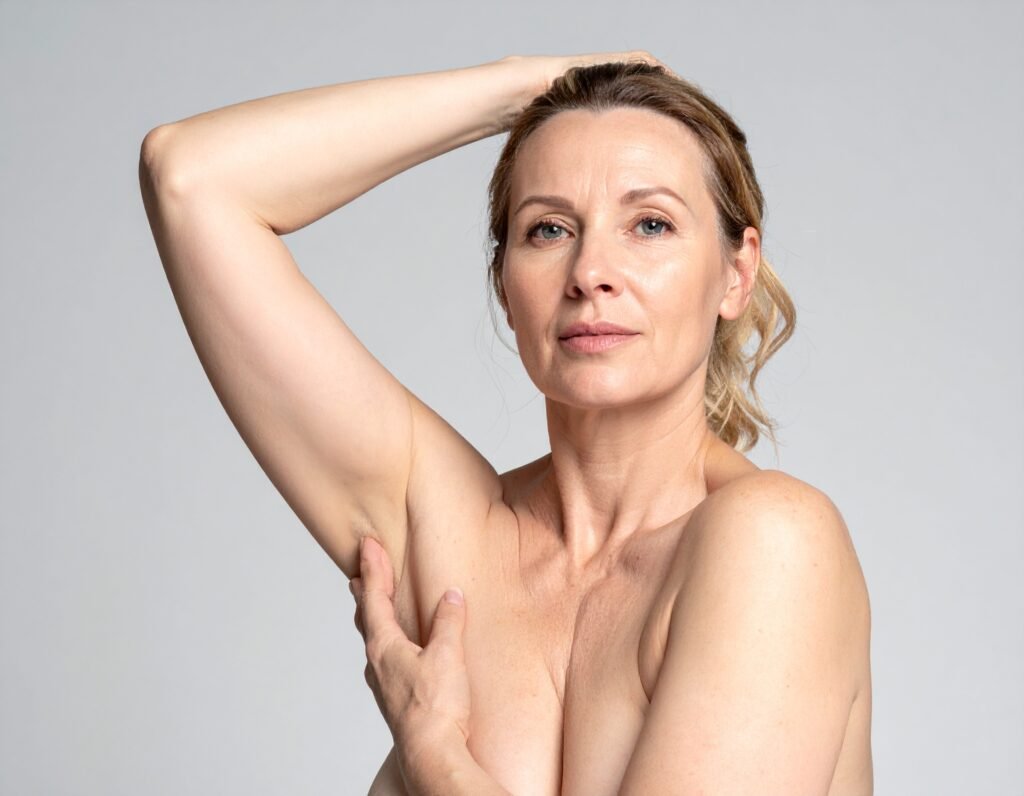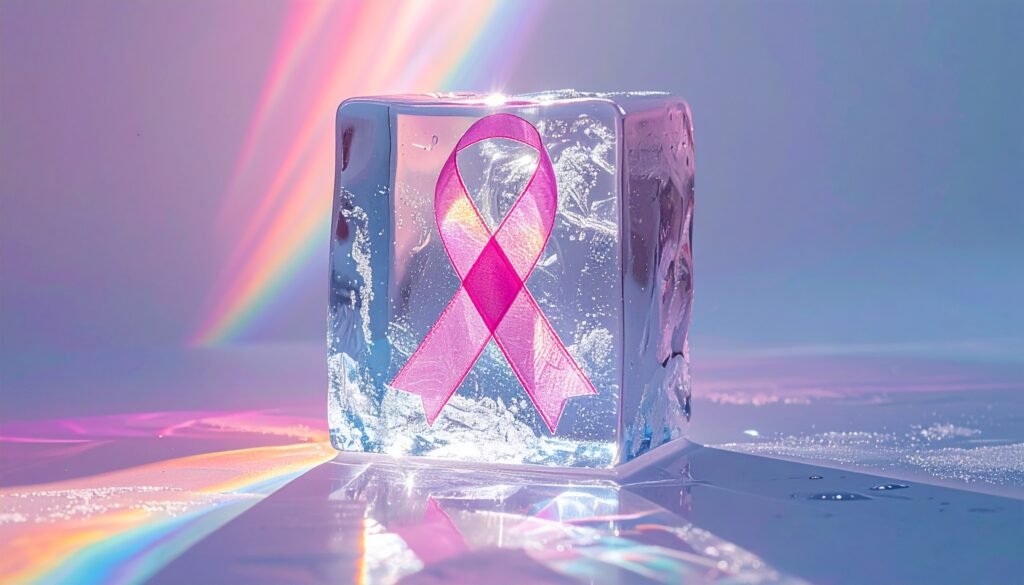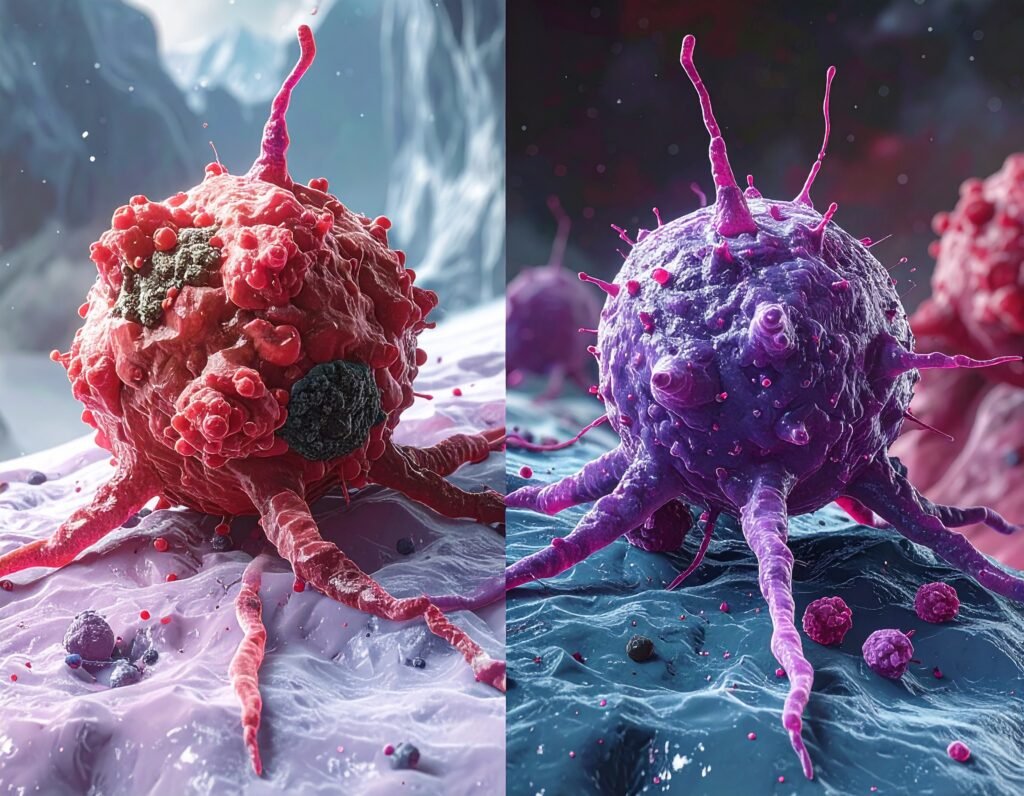Can Someone Get Two Different Cancers in Their Lifetime? It’s possible to face more than one cancer in life — but every step forward in science brings better ways to treat and thrive Multiple Primary Cancers When most people think about cancer, they picture it as a single, life-changing diagnosis. But it’s possible for someone to develop more than one type of cancer over their lifetime. Doctors call this situation multiple primary cancers — meaning the second cancer is a new and unrelated disease, not a recurrence or spread of the first. How Common is it? In the general population, the lifetime risk of developing any cancer in the U.S. is about 40% for men and 38% for women. While most people who are diagnosed with cancer will only face it once, research shows that around 5–8% of cancer survivors develop a second, unrelated cancer during their lifetime. For cancer survivors, the odds are higher than average. In fact, today about 1 in 6 new cancer diagnoses is in someone who has already had cancer before. Why Does This Happen? There are several reasons why someone may develop two different cancers: Shared risk factors: Certain habits or exposures can raise the risk of multiple cancers. For example, smoking increases the likelihood of lung, bladder, and head and neck cancers. Genetic predisposition: Some inherited conditions, such as BRCA mutations or Lynch syndrome, make people more susceptible to more than one type of cancer. Effects of treatment: Chemotherapy and radiation can be lifesaving, but in some cases they slightly raise the risk of a new cancer years later. Living longer after cancer: Advances in early detection and treatment mean survivors are living longer, which gives more time for a new, unrelated cancer to develop. Breast Cancer and Second Cancers Breast cancer is one of the most common cancers where doctors see survivors develop another, different cancer later in life. The risks vary depending on age, genetics, and treatment history. Second breast cancer: For most breast cancer survivors, the risk of a new cancer in the opposite breast is about 0.2–0.4% per year — roughly 4–8% over 20 years, but higher for those with BRCA mutations. Ovarian cancer: Women with BRCA1 mutations have a 39–44% lifetime risk of ovarian cancer; those with BRCA2 mutations have an 11–17% risk. Without these mutations, the average woman’s lifetime risk is less than 2%. Uterine (endometrial) cancer: Women who take tamoxifen for 5 or more years have about a 2–3 times higher risk of endometrial cancer. Even with that increase, the overall risk remains fairly low (around 1–2% over 10 years of use). Leukemia: Chemotherapy drugs such as anthracyclines or alkylating agents can increase the chance of leukemia. The risk is small — generally less than 1% of survivors. Other cancers: Studies show breast cancer survivors may also have a slightly elevated risk of colon, thyroid, and lung cancers compared to the general population, though these risks are less precisely measured. Because of these risks, breast cancer survivors are often advised to: Continue regular mammograms (and sometimes MRI for high-risk women). Stay up to date with gynecologic and colon screenings. Consider genetic counseling if they have a strong family history of breast or ovarian cancer. What Does This Mean for Survivors? Most survivors will not develop a second cancer, but it is something to be aware of. Doctors typically recommend ongoing follow-up care not only to check for recurrence, but also to monitor for new cancers. Healthy lifestyle choices — such as avoiding tobacco, maintaining a balanced diet, exercising regularly, and staying up to date on screenings — can help lower risk. The Bottom Line While the idea of facing two different cancers can feel overwhelming, it’s important to remember that this is still relatively uncommon. Thanks to better treatments and survivorship care, many people who do experience a second cancer are diagnosed earlier and live longer, healthier lives. 📊 Breast Cancer Survivors: Risk of Second Cancers at a Glance Second Cancer Type Estimated Relative / Absolute Risk Notes & Source Any second primary cancers other than breast cancer About 25–30% higher chance of developing another, unrelated cancer compared to women who’ve never had breast cancer Meta-analysis pooling 30 studies on breast cancer survivors Overall risk of any new cancer (including another breast cancer) Breast cancer survivors are about 15–20% more likely to develop a new, different cancer than the general population Meta-analysis of 15 studies ACS Publications Cumulative incidence over time Roughly 1 in 25 survivors develop a new cancer within 5 years, 1 in 12 within 10 years, and 1 in 7 within 15 years From systematic review meta-analysis of breast survivors Second breast cancer (contralateral / SPBC) Women with BRCA1 mutations have about 5 times the risk, and those with BRCA2 have about 3 times the risk of developing cancer in the other breast Genetic risk review of second primary cancers in breast cancer survivors Endometrial (due to tamoxifen) Taking tamoxifen long-term can double the risk of endometrial cancer, but the overall chance stays low (around 1–2%) Dose-response meta-analysis of 26 studies Leukemia (from chemotherapy or radiation) A small increase — about 30% higher risk, but still less than 1% overall chance of developing leukemia Large cohort study Other radiation-related cancers Women who received radiation therapy have about a 25–30% higher chance of developing a new cancer in another part of the body Cohort study of 248,268 women Important Notes Numbers differ by time window (5, 10, 20 years vs lifetime), patient age, genetic status (BRCA/Lynch/etc.), and treatments received; older treatment eras had different risks than modern regimens. Use absolute risk alongside relative risk to avoid alarm. The Lancet Socioeconomic and behavioral risk factors (smoking, obesity) explain part of the increased second-cancer risk in some cohorts; screening access and deprivation also affect observed rates. The Lancet


